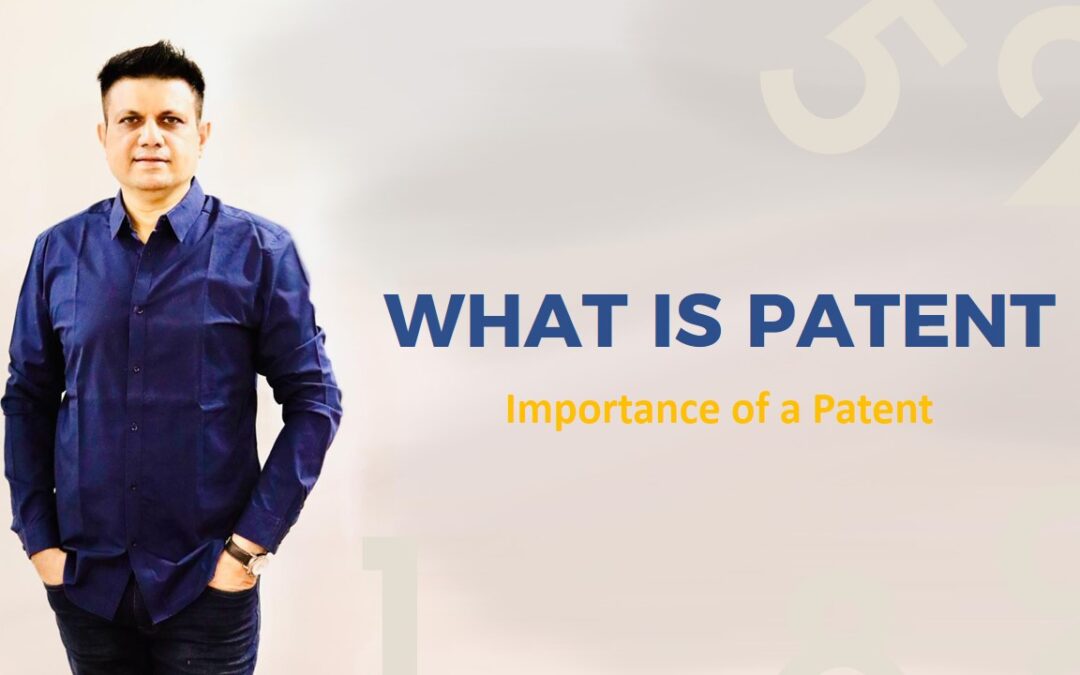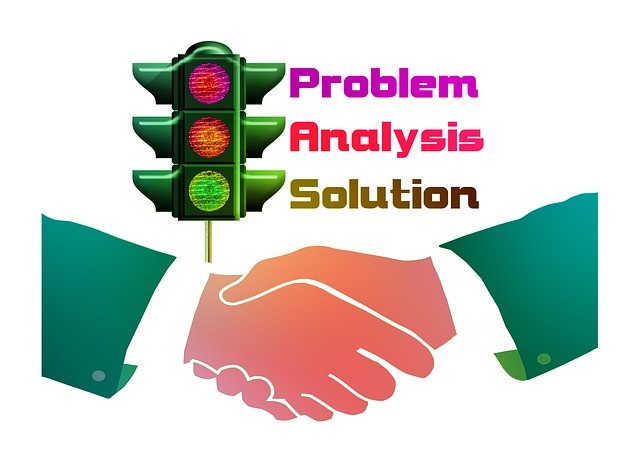Table of Contents
What is a patent?
Imagine if you had the skills to take an iPhone apart, reverse engineer it, then build a phone that was the exact duplicate of an iPhone and started selling them at half the price Apple sells it for.
Of course, people would flock to your company and Apple would lose tens of billions of dollars in revenue.
It is not hard to believe that Apple would not be fuming mad that you literally stole their intellectual property (i.e. the designs and engineering behind the iPhone).
That is where patents come in. They protect against unscrupulous people and companies who steal what is rightfully theirs.
Design schematics and explanations are submitted to a patent office which support the fact that ‘you got there first’ if there is any dispute as to who owns what.
Who is the government to believe, when two fingers are pointing at one another, with each accusing the other of theft.
The patent is the documentation which represents the proof of ownership, Tells Hirav Shah, Popular Business Strategist and Advisor.
Importance of a Patent
A patent is the way the government of a country grants exclusive rights to an invention, to the inventor for a fixed period of time. Without a patent, you could spend years developing a new product then everyone else could copy your work and take advantage of it.
This would not only be unfair to the inventor, but also to society as a whole, as people would be far less likely to put work into inventing something if they could not have patent rights.
A patent gives you the right to take legal action against any individual or company that infringes—or copies—your idea.
It’s very important to understand that a patent does not PREVENT anyone from copying your idea—it just gives you legal recourse in the event that somebody does.
Patents are important for inventors because it puts others on notice, which works to level the playing field.
Since most people and companies want to avoid lawsuits, patents generally function to deter others from infringing.
If a company continues to infringe, a patent offers the right to sue for damages. In many cases, it’s triple the dollar amount in sales, so companies have no real incentive to infringe on patents.
Patents provide a form of protection in the marketplace for a novel idea, even without having a major budget, which is great for independent inventors.
It’s also great for society at large as well, because some of the most innovative ideas have come from independent inventors.
However, simply having a patent does not make things easy for inventors—it just provides an added level of assurance to have a CHANCE to succeed in the market, and the legal right to sue infringers, Opines Prolific Business Guru and Astro-Business Strategist, Hirav Shah.
How to file Patent Application
The first thing that a patent applicant must do before formally filing for this type of protection is to determine what kind of application to file.
There are three types of patents available to individuals and businesses.
First, those interested in protecting new and unique asexually reproducing plant species and hybrids may file for plant patents.
Second, those wishing to safeguard designs of existing manufactured products and processes may consider filing for design patents.
And finally, nine out of every ten patent applicants will opt to file for utility patent protections in order to ensure the proprietary nature of their manufactured products, processes and ideas.
Once the correct patent type has been identified, it is time to decide whether to file provisionally or non-provisionally.
When an individual or business files a non-provisional application, the filing date is secured automatically because this application type formally requests patent protection. This is the only option available to applicants for design patents.
Utility applicants may also file a provisional form up to 365 days before filing a nonprovisional request.
A provisional application will allow an individual or business to secure a favorable non-provisional filing date while granting the applicant extra time to formalize their formal, nonprovisional request.
Final Thoughts
Patents are costly, but they are worth getting if you ever decide to go to market with a new invention. Patent protections exist in order to help inventors, designers and creators legally safeguard their work from those who would seek to use or profit off of it without express permission.
Finally, India’s favourite Business Strategist and Advisor, Hirav Shah Closes By Suggesting -“Ideas cannot be patented; only inventions can be. If you are an inventor, get yours patented.”



























